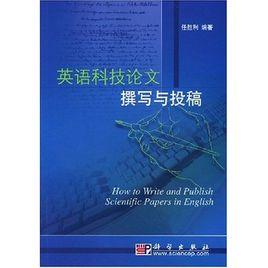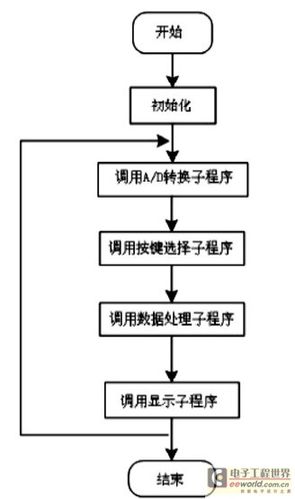Title: Navigating the Realm of English Scientific Journals
In the vast landscape of scientific publishing, Englishlanguage journals stand as pillars of knowledge dissemination. Aspiring researchers, seasoned academics, and industry professionals alike often seek guidance on navigating this realm efficiently. Let's embark on a journey to explore the nuances of English scientific journals, offering insights and guidance along the way.
Understanding the Significance of English Scientific Journals
English serves as the lingua franca of scientific communication, facilitating collaboration and information exchange across borders. Scientific journals published in English enjoy widespread readership, enhancing the visibility and impact of research findings globally. Consequently, aspiring authors often target English journals to maximize the reach and influence of their work.
Criteria for Journal Selection
Selecting the right journal is pivotal for researchers aiming to disseminate their findings effectively. Consider the following criteria:
1.
Scope and Focus
: Evaluate whether the journal's scope aligns with your research topic and objectives. Choose journals that prioritize articles relevant to your field of study.2.
Impact Factor
: Assess the journal's impact factor to gauge its influence within the scientific community. Higher impact factors often indicate greater visibility and credibility.3.
Peer Review Process
: Investigate the journal's peer review process to ensure rigorous evaluation of submitted manuscripts. Peerreviewed journals uphold scholarly standards and credibility.4.
Publication Frequency
: Consider the publication frequency to estimate the time from submission to publication. Timely dissemination of research findings is crucial for staying current in rapidly evolving fields.
5.
Open Access Options
: Explore whether the journal offers open access publication options. Open access journals enhance the accessibility of research findings, potentially increasing citation rates.Submission Guidelines and Best Practices
Before submitting your manuscript, familiarize yourself with the journal's submission guidelines and adhere to best practices:
1.
Formatting Requirements
: Follow the journal's formatting guidelines meticulously, including citation style, manuscript structure, and figure specifications.2.
Clarity and Conciseness
: Communicate your research findings clearly and concisely, adhering to the journal's word limit restrictions. Use precise language and avoid unnecessary jargon to enhance readability.3.
Ethical Considerations
: Ensure adherence to ethical guidelines concerning plagiarism, data fabrication, and conflict of interest. Maintain integrity and transparency throughout the research process.4.
Engage with the Literature
: Situate your research within the broader context of existing literature by citing relevant studies. Demonstrating familiarity with prior research enhances the credibility of your work.5.
Peer Review Response
: Address reviewer comments constructively and comprehensively during the peer review process. Revision based on reviewer feedback improves the quality and impact of your manuscript.Strategies for Success
Achieving publication success in English scientific journals requires strategic planning and perseverance. Consider the following strategies:
1.
Build a Publication Strategy
: Develop a systematic approach to identifying suitable journals and crafting highquality manuscripts. Set realistic goals and timelines to guide your publication efforts effectively.2.
Collaborate with Peers
: Collaborate with colleagues and mentors to leverage their expertise and enhance the quality of your research. Collaborative efforts often result in stronger research outcomes and increase the likelihood of publication.3.
Attend Workshops and Conferences
: Participate in workshops and conferences focused on scientific writing and publishing. These events provide valuable insights, networking opportunities, and practical tips for navigating the publication process.4.
Seek Feedback Early
: Solicit feedback from peers, mentors, and writing groups at various stages of manuscript preparation. Incorporating constructive feedback improves the clarity, coherence, and impact of your work.5.
Stay Persistent and Resilient
: Publication success often requires persistence and resilience in the face of rejections and setbacks. Learn from each submission experience and use feedback to refine your approach for future endeavors.Conclusion
Navigating the realm of English scientific journals necessitates a combination of strategic planning, adherence to best practices, and resilience in the face of challenges. By understanding the significance of Englishlanguage publications, selecting appropriate journals, and employing effective submission strategies, researchers can enhance the visibility and impact of their work on a global scale. Remember, publication success is attainable with dedication, perseverance, and a commitment to scholarly excellence.
This HTML document provides comprehensive insights into navigating the world of English scientific journals, from criteria for journal selection to submission guidelines and strategies for success. If you need further assistance or have specific inquiries, feel free to reach out!








